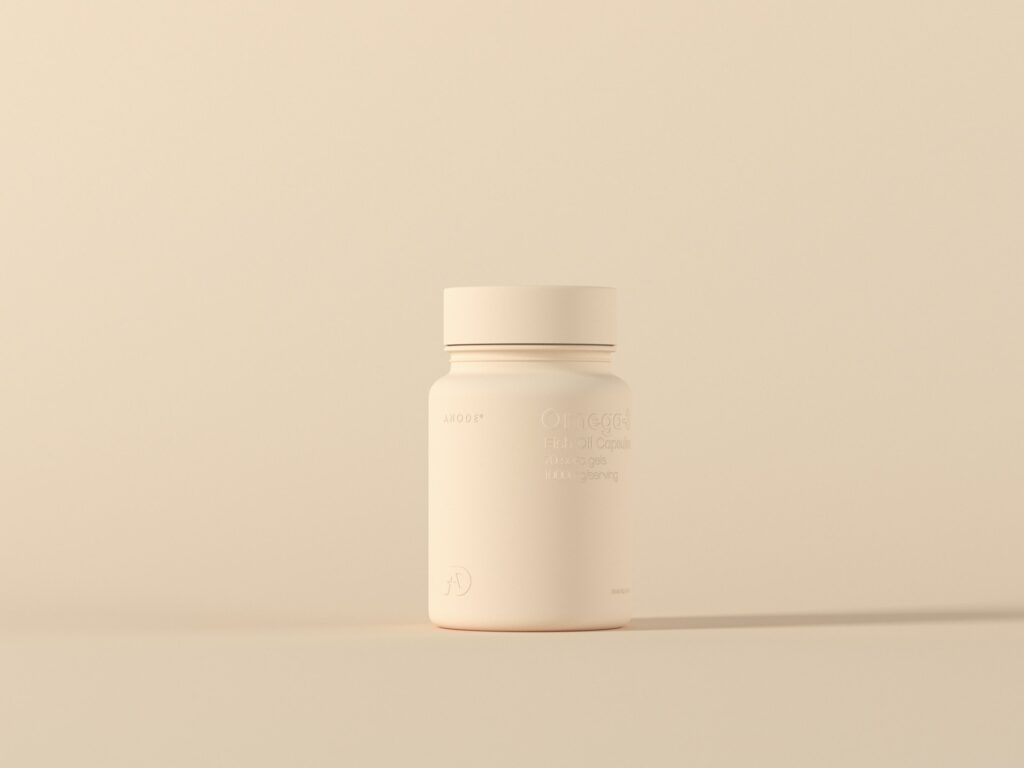A Beginner’s Guide to Plastic Injection Molding

The injection molding process is a complex yet essential method of production that is also one of the most popular methods of mass-producing plastic products today.
It involves converting thermoplastic polymers into low-viscosity molten fluids to be mechanically injected into a mold holding the shape of the desired product. The mold, which also contains a cooling mechanism, brings down the temperature of the injected polymer to solidify the plastic product, which is then ejected from the mold. After this, the mold is recovered to repeat the process.
Plastic components produced from injection molding vary and are used in different applications, from medical devices to automotive parts. Its popularity in most manufacturing settings stems from the fact that the process is highly reliable and can produce high-quality plastic products while being relatively inexpensive.
The Science Behind the Plastic Injection Molding Process
The principle behind the injection molding process is pretty straightforward and can be described in five simple steps:
Material and Mold Selection
The final product’s material and form are determined before the process begins. You must consider the properties of the desired product and use those considerations to determine the shape of the mold, the thermoplastic material, and how both these components interact during the molding process.
The mold is subjected to intense heat and pressure to shape the material being injected during the molding process. As such, the mold material must be able to withstand these harsh conditions while shaping the material without reacting with the material itself. In this regard, steel and aluminum are the two most common materials used in mold construction. Meanwhile, the shape of the mold is created using computer-aided design (CAD) and 3D modeling software due to their complex shapes.
Finally, the right thermoplastic polymer must also be used, depending on the desired properties of the final product. Each type of polymer possesses different properties, such as densities, moisture resistance, thermal and pressure resistance, tensile strengths, and rigidities, among others, and must be considered beforehand. The most common thermoplastics used include:
- Acrylonitrile-Butadiene-Styrene (ABS)
- Polyamide (PA) Nylons
- Polycarbonate (PC)
- Polypropylene (PP)
Thermoplastic Feeding and Melting
Injection molding machines are complex machines typically made up of multiple chambers and are powered using electricity or hydraulics. At the very top of most machines is the feeder, a long, cylindrical heated barrel containing a large injection screw.
Raw pellets of the chosen material are fed into this chamber and melted beyond their melting point to convert them into a low-viscosity liquid. At the end of the heated barrel is a gate, which in turn connects with the chosen mold tool. As the pellets are melted, the injection screw turns to control the temperature and improve uniformity.
Plastic Mold Injection
As the molten plastic reaches the end of the barrel, the gate closes, and the screw moves back, causing the molten material and the pressure inside the barrel to build up.
At the same time, the two sections of the mold tool close and are held together under high pressure. Balancing the two pressures is critical to ensure no plastic material escapes during injection.
Once equilibrium is reached, the gate opens, and the screw moves forward to inject the molten material into the mold so the molding process can begin.
Holding and Cooling
- Holding period: the molten plastic material is held inside the mold under intense pressure. It can range from a few milliseconds to minutes, depending on the complexity of the shape of the part and the type of thermoplastic material used. This ensures that the material fills the entire mold and leaves no space for air to create the desired form correctly.
- Cooling period: once the holding time is completed, the screw draws back to release the pressure and allow the material to cool inside the mold, which also contains a cooling mechanism. This, too, can range from a few milliseconds to a few minutes. An optimal cooling period must be set to allow the material to cool sufficiently and harden enough to maintain the desired shape while keeping it short enough to avoid extending production time.
Ejection and Finishing
After the cooling period, the material is ejected into a compartment at the bottom of the machine, which signifies that the finished product has been obtained. However, in most cases, the cooled material is dropped onto a conveyor belt for further processing and finishing, which involves such processes as polishing, dying or removing spurs (excess plastic) until finally, the product is packed and distributed to manufacturers.
Although the principle of injection molding is simple, the actual execution of the entire process is actually quite complicated. You have to navigate the complex behaviors of molten plastics and account for the principles of heat transfer and pressure flow. Meanwhile, all the parameters and conditions during production must be maintained precisely to produce a product with the desired characteristics.
Industries That Benefit From Plastic Injection Molding
The plastic injection molding process is one of the most widely used methods of producing plastic products due to its flexibility, efficiency, consistency, and cost-effectiveness while maintaining product quality.
For these reasons, various products can be created and applied in the following industries:
Products Manufactured Using Plastic Injection Molding
Here are just a few of many of the products manufactured using the plastic injection molding process:
- Plastic bottles
- Toys
- Household items
- Machinery and automotive components
- Equipment housings
- Insulators
- conduits
- Roofing vents
- Railing gaskets
- Fixtures
- Kitchenware
- Plastic furniture
- Medical devices
Improve Your Plastic Manufacturing Capabilities with All-Plastics
All-Plastics is on the cutting edge of innovation in plastic injection molding and advanced manufacturing. We utilize scientific injection molding technology and techniques to help you create quality products for applications in pharmaceuticals, the medical, industrial, and packaging industries, and all consumer markets.
Request a quote from All-Plastics today for your plastics manufacturing needs.
